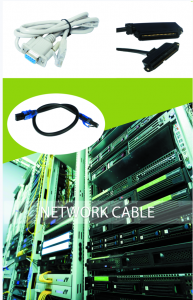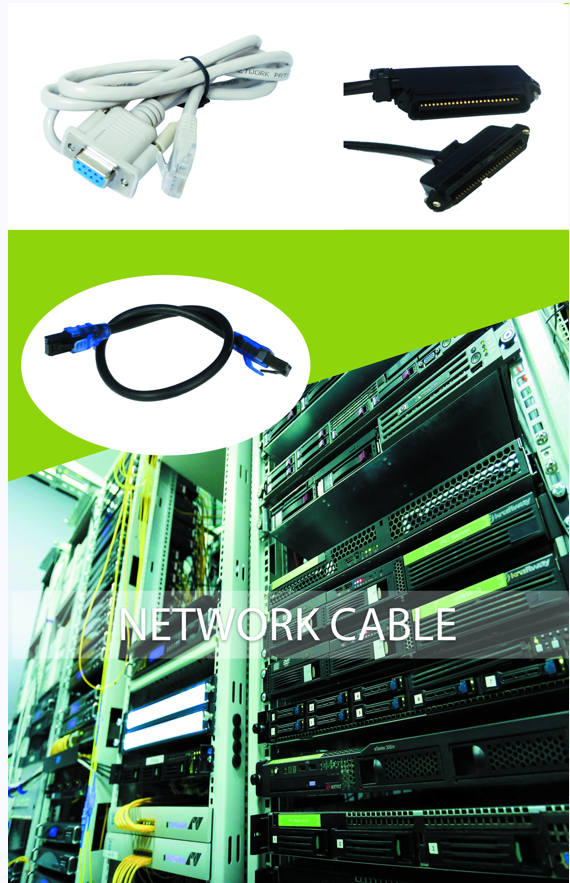
Manufacturing Process
- Wire DrawingThe process begins with wire drawing, where copper wire is drawn through dies to reduce its diameter and increase its length. This step enhances the wire's strength and prepares it for subsequent processes
- Conductor InsulationThe drawn copper wire is then insulated using a high-temperature extruder. A layer of standard plastic compounds is applied evenly, which is critical for maintaining electrical performance and preventing interference
- Conductor TwistingInsulated wires are twisted together in pairs to form twisted pairs. This twisting helps to reduce electromagnetic interference and enhances the cable's overall flexibility and stability
- Sheath ExtrusionThe next step involves extruding an outer sheath around the twisted pairs. This sheath is designed to protect the internal components from physical damage and environmental factors. Depending on the type of cable (e.g., UTP or STP), additional materials may be incorporated for shielding
- Finished Product PackagingFinally, the completed cables are packaged using specialized equipment to ensure they are ready for distribution without damage during transport
Quality Control
Quality control is integral to our manufacturing process, ensuring that every cable meets stringent performance standards:
- Material Inspection: We conduct thorough inspections of raw materials, including copper quality and insulation compounds, before production begins.
- In-Process Testing: Throughout the manufacturing stages, we perform various tests to monitor parameters such as insulation thickness, twisting precision, and electrical continuity.
- Final Testing: Each finished cable undergoes rigorous electrical testing to verify its performance against industry standards. This includes checking for insertion loss, return loss, and overall signal integrity
- Ethernet
- LAN (Local Area Network)
- Twisted Pair
- UTP (Unshielded Twisted Pair)
- STP (Shielded Twisted Pair)
- RJ-45 Connector
- Cable Jacket
- Insulation
- Wire Drawing
- Conductor
- Crosstalk
- Shielding
- Bandwidth
- Data Transmission
- Signal Integrity
- Termination
- Category 5e (Cat 5e)
- Category 6 (Cat 6)
- Crimping
- Network Performance
Post time: Nov-08-2024




